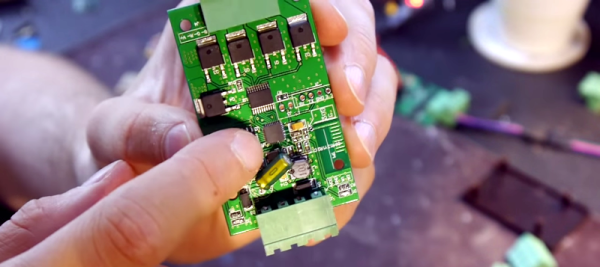In 2007, everyone discovered you could blink an LED with an Arduino. A few years after that, someone discovered you could make a PID controller work with an Arduino, and a great number of sous vide cooker hacks showed up on the Internet. Trends in electronics projects come and go, and this year we have CANbus sniffers and development platforms. One of these CAN dev platforms, CANcrusher, is a semifinalist for the Hackaday Prize, and does a great job at poking and prodding a CANbus.
Like a lot of very excellent projects, the CANcrusher is based on a Teensy 3.1 microcontroller. This, along with the MCP2515 CAN controller gives the CANcrusher three independent CAN channels supporting DW-CAN, SW-CAN, and LSFT. The software for the device can stream data directly to a computer over USB.
Simply providing an interface for a CAN bus is something that has been done to death, and to improve upon the many CANbus projects out there, the CANcrusher is adding Bluetooth, a GSM radio, SD datalogging, and a real time clock. It’s a great project for the Hackaday Prize with multiple videos explaining how it works and what it can do. You can check out the entry video for the CANcrusher below.






















